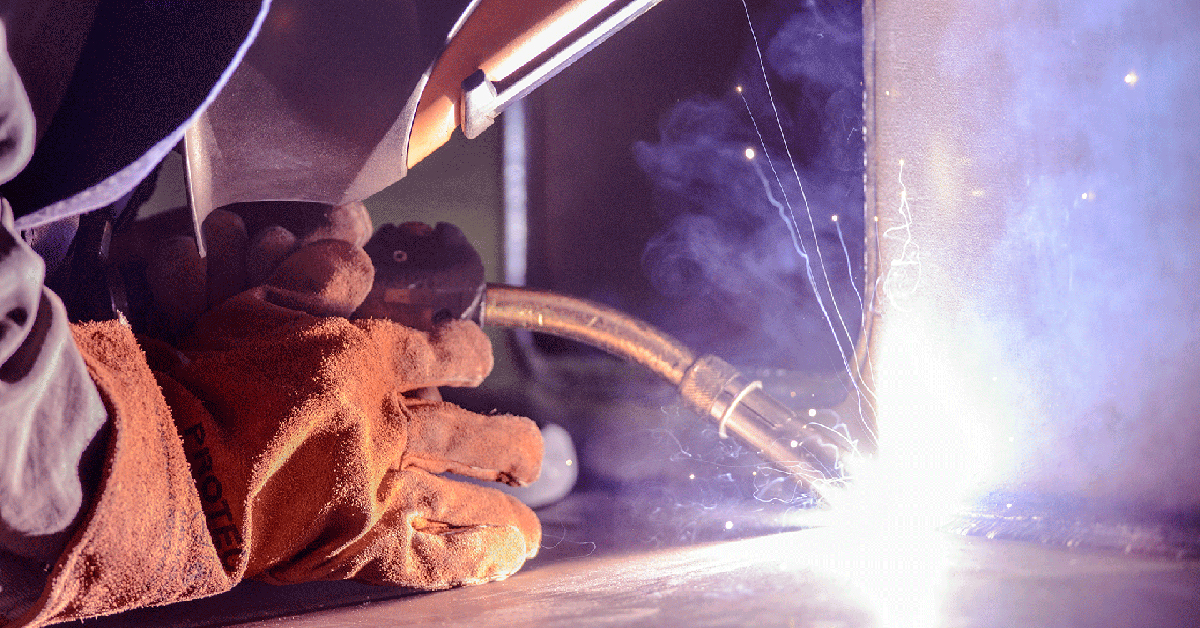Mastering the Art of Welding: How to Avoid Undercut Welding Issues for Flawless Manufacture Outcomes
By comprehending the root causes of undercut welding and carrying out efficient methods to avoid it, welders can elevate their craft to new levels of excellence. In the search of flawless construction results, grasping the art of welding to prevent undercut concerns is not just an ability yet a necessity for those making every effort for excellence in their job.
Understanding Undercut Welding

To avoid undercut welding, welders need to guarantee correct welding parameters, such as adjusting the present, voltage, travel rate, and preserving the correct electrode angle. Furthermore, using the ideal welding technique for the particular joint arrangement is necessary. Employing weaving movements or backstepping strategies can assist make sure correct weld metal deposition and minimize the possibility of undercut formation. Regular assessment of welds during and after the welding procedure is also critical to catch any kind of undercut very early and make necessary modifications to stop further issues. Preventing weld undercut. By comprehending the reasons for undercut welding and applying safety nets, welders can accomplish top quality, structurally sound welds.
Root Causes Of Undercut in Welding
Understanding the elements that add to undercut in welding is necessary for welders to produce top quality, structurally audio welds. Damaging takes place when the weld metal does not properly fill up the groove formed in between the base steel and the previously deposited weld steel. Numerous factors can cause undercut in welding. One common cause is too much heat input. Welding at heats for extended periods can result in the base metal melting greater than desired, resulting in undercut. Inadequate welding current or inaccurate welding speed can additionally add to damage. Insufficient current may not supply sufficient warmth to thaw the base and filler steels properly, while too much speed can prevent correct fusion, creating undercut. Additionally, incorrect electrode angles or inaccurate lantern control strategies can produce areas of low weld steel deposition, promoting undercut. Recognizing these causes and executing appropriate welding strategies can help prevent damaging issues, ensuring sturdy and strong welds.
Strategies to Stop Undercutting

To mitigate the risk of undercutting in welding, welders can use strategic welding techniques intended at boosting the quality and stability of the weld joints. Additionally, making use of the right welding method for the certain joint configuration, such as weave or stringer beads, can contribute to lowering undercutting.
Employing back-step welding strategies and controlling the weld grain profile can likewise assist distribute warm equally and minimize the risk of undercut. Normal assessment of the weld joint throughout and after welding, as well as applying high quality guarantee procedures, can aid in resolving and identifying damaging issues promptly.
Relevance of Appropriate Welding Specifications
Selecting and preserving ideal welding specifications is important for accomplishing successful welds with very little flaws. Welding criteria describe variables such as voltage, existing, take a trip rate, electrode angle, and securing gas flow rate that directly influence the welding process. These specifications need to be meticulously readjusted based upon the type of product being welded, its density, and the welding method utilized.
Appropriate welding parameters top article ensure the correct amount of warmth is related to melt the base steels and filler product uniformly. If the criteria are established as well high, it can lead to excessive warm input, causing spatter, distortion, or burn-through. On the other hand, if the criteria are as well reduced, insufficient fusion, absence of infiltration, or damaging might occur.
Quality Control in Welding Procedures

Conclusion
Finally, grasping the art of welding calls for a detailed understanding of undercut welding, its causes, and methods to stop it. By guaranteeing appropriate welding specifications and implementing quality guarantee methods, remarkable construction outcomes can be attained. It is crucial for welders to consistently make every effort for excellence in their welding procedures to stay clear of undercut issues and create high-grade welds.
Undercut welding, a typical issue in welding procedures, takes place when the weld metal doesn't effectively fill up the groove and leaves a groove or depression along the bonded joint.To protect against undercut welding, welders ought to make sure correct welding criteria, such as adjusting the current, voltage, travel speed, and keeping the correct electrode angle. Poor welding existing or wrong welding rate can also contribute to undercut.To mitigate the threat of undercutting in welding, welders can use tactical welding strategies aimed at boosting the quality and stability of the weld joints.In verdict, mastering the art of welding requires a detailed understanding of undercut welding, its reasons, and techniques to stop it.
Comments on “Step-by-Step Guide to Preventing Weld Undercut in Different Metals”